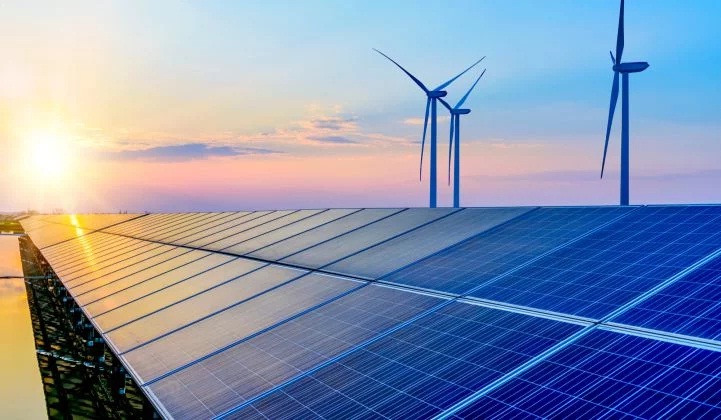
India’s 1.2GW tender pits dispatchable renewables as viable alternative to conventional power
The state enterprise Solar Energy Corporation of India (SECI) issued at the beginning of the month a tender for 1,200MW of renewable power that can be used to alleviate peak demand issued on the grid, in effect mandating the use of energy storage systems (ESS).
An invitation has been issued for bids to build, own and operate renewable generating facilities and enter into 25-year power purchase agreements (PPAs) with SECI. Solar and wind (or combined or hybrid systems) must be capable of dispatching power to the grid for at least six hours each day. Off-peak energy will be provided a flat tariff payment of Rs. 2.70/kWh (US$0.038), while a separate peak tariff will be determined through ‘e-Reverse Auction’, the SECI invitation document said.
According to SECI, while India has already installed 80GW of renewable energy and ambitious policy including the National Solar Mission will push it further ahead, the inability of renewable generators to dispatch energy to the grid at times when it is most needed is a key factor in preventing wind and solar from displacing and replacing fossil fuels.
SECI said that, “owing to their intermittent and infirm resource-centric nature, renewables have not been able to replace conventional power to fulfil peak load demand of Discoms (distribution companies).”
While capacity for generating renewables is far more viable from an environmental and even economic perspective, integrating it and at the same time dealing with steep increases in electricity demand at peak times in particular are incurring “significantly higher costs” for Discoms, SECI said.
The pairing of renewables with energy storage “will result in making available firm dispatchable renewable power, meeting the demand pattern of Discoms during peak hours, and that too, at competitive tariff.”
Projects for connection to Inter-State Transmission System
Incidentally, the 1,200MW tender defines a solar-wind hybrid power project as a project using the two technologies whereby “the rated power capacity of one resource is at least 25% of the rated power capacity of the other resource”. As SECI is seeking new capacity, existing projects cannot apply.
As long as the six-hour peak stipulation can be met, bidders have been given flexibility to determine the technologies used, type and power rating of the ESS portion of each project and “maybe include but not be limited to” batteries, pumped storage, mechanical, chemical or “combinations thereof”.
Projects will be connected to India’s Inter-State Transmission System (ISTS) and the SECI Request for Selection, issued on 1 August, states that each project must be able to interconnect to the transmission network at 220kV or above. Minimum capacity of renewable electricity generation of each project must be 50MW and the maximum is 300MW, with project capacities to be submitted in multiples of 10MW only. The ESS portion must be at least equal in capacity in MWh to the project’s contracted capacity, as per its PPA. e.g. a 50MW project would need at least 50MWh minimum energy rating of ESS installed.
The RFS document can be seen here, while also today SECI’s tender for 20MW of floating solar PV and 60MWh of energy storage systems, distributed across islands in Lakshadweep, closed today. It was launched in February this year. Last week sister site PV Tech reported on another SECI tender, albeit solar only, seeking developers of 1.5GW of solar as part of the second phase of the Central Public Sector Undertaking (CPSU) program.














